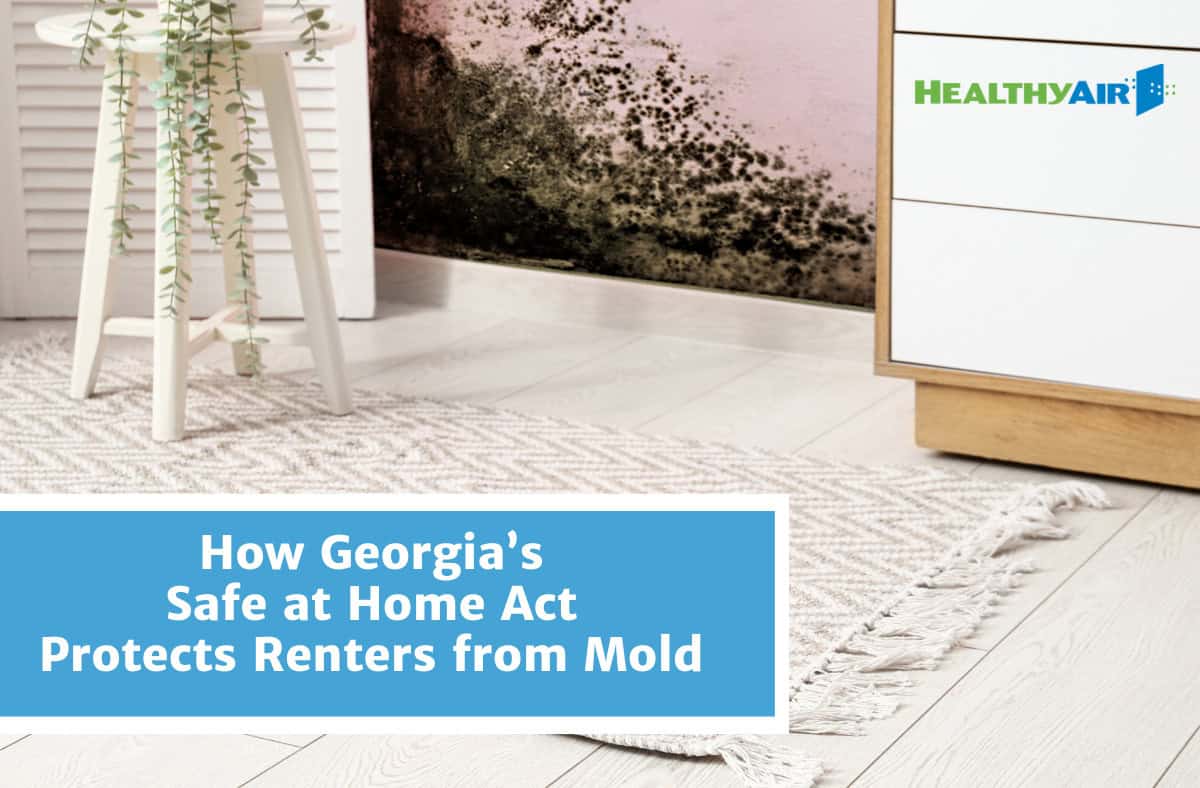An Action Plan for People with Asthma
Every year, two million people arrive in an emergency room for asthma treatment in the U.S. alone, and yet every case is unique. Allergens, toxins, and mold have different effects on every patient, but the days of relying solely on symptomatic treatment are over. Preventative care is preferable, particularly in today’s environment, in which asthma-related deaths have increased by nearly 65%. Asthma doesn’t only affect your medical costs and quality of life. It’s also the fourth highest cause of work absenteeism. An action plan is imperative for your safety and health.
Identify Your Triggers
If you can figure out what causes your asthma attacks, you might be able to minimize contact with allergens. The most common triggers are:
- Air pollution
- Colds, flu, and sinusitis
- Smoke and air pollution
- Fragrances
- Allergens
Keep a diary for a few months to track the psychological and environmental influences that might affect your attacks. Patientslikeme.com and similar sites let you customize the details you record. A peak flow meter helps you to measure your symptoms objectively. Allergens can also be analyzed via skin tests and by recording pollen counts alongside other symptoms.
From Green to Red
If your peak flow measure is in the green zone, life can continue as normal. Yellow means ‘caution’. When you’re in this zone, keep up with your usual treatment and add rescue medications. If you don’t get relief, see your doctor. If your breathing falls within the dangerous red zone, it constitutes an emergency. Rescue medication should be administered, but don’t hesitate to call an ambulance.
Share Your Plan
Your plan should be reviewed by a doctor every few months so that treatment changes can be made where necessary. It’s imperative to obtain medical advice often because asthma is incurable, but it can be controlled. If the frequency of your red or yellow zone recordings is affecting your quality of life, make sure your indoor air quality is improved.
Improve Indoor Air Quality
While it’s well-nigh impossible to control the air you breathe outdoors, your home’s indoor air quality is well within your power to manage. Most asthma sufferers react to multiple allergens, so air filtration is one of the most potent ways to push your peak flow into the green. Multiple studies support the use of residential air filtration that controls the indoor air quality of the entire home. HVAC sanitation shows best results in clinical trials.
Air quality should also be improved with dehumidifiers to limit dust mite concentrations. Washing bedclothes in hot water, removing carpets, and replacing toxic chemicals in the home are all important ways to push the frequency of your attacks down by improving indoor air quality.
Preventing Sinusitis
Sinus infections are a leading asthma trigger, and they can be managed in similar ways to the elimination of allergens. Indoor air quality has a colossal impact on this kind of infection, with HEPA and HVAC filters soothing nasal passages. Swelling from non-allergic rhinitis can be caused by humidity and chilled air. Dry air with humidity levels of below 45% can be achieved using HVAC filtrations with built-in dehumidification. This not only keeps your indoor air quality high, but also reduces mold growth.
Use a healthy air expert who inspects your home and belongings to create a thorough assessment of your indoor air quality. This way, you can choose the right air detoxification method for your unique needs.
Americans spend at least a third of their lives in their own homes and another third at work, so indoor air quality can have a remarkable effect on the quality of life of asthma sufferers.



